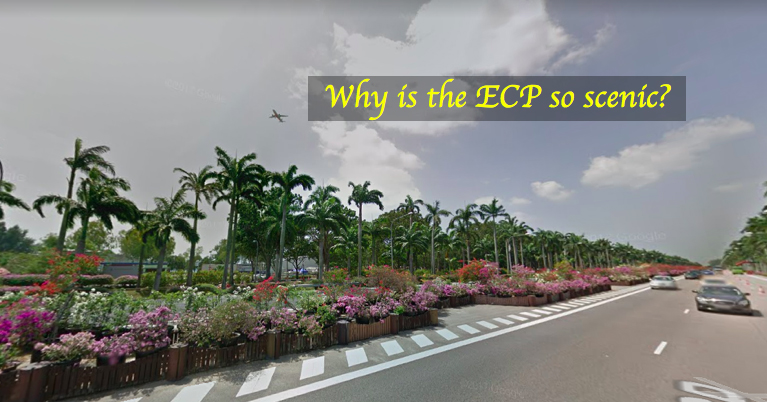Anyone travelling on the East Coast Parkway expressway will be struck by how scenic the route is.
The stretch of road is well-landscaped with greenery.
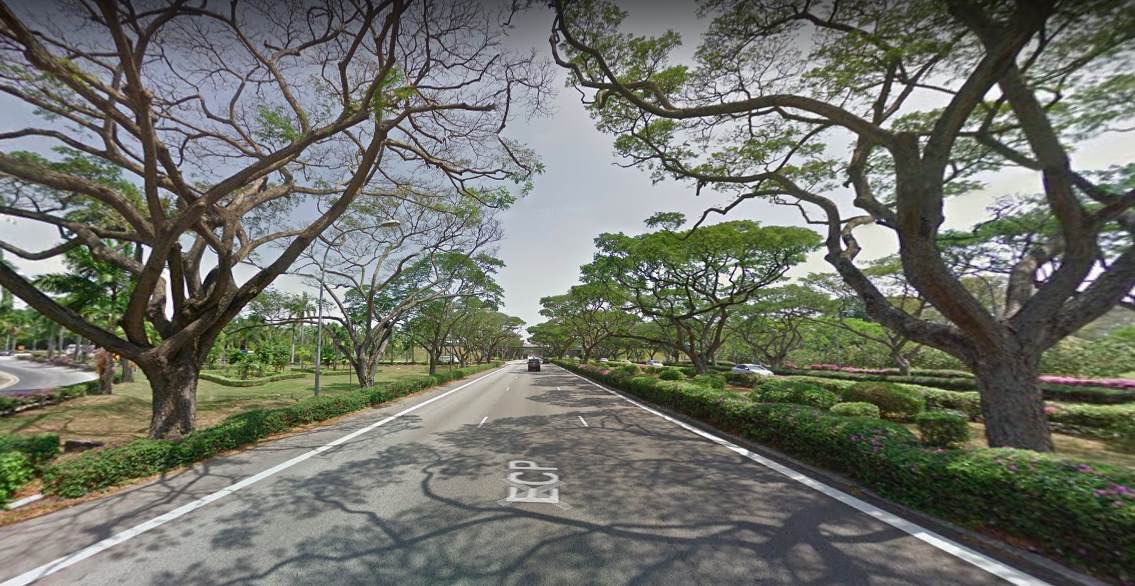 Screenshot from Google Street View
Screenshot from Google Street View
And pretty flowers too.
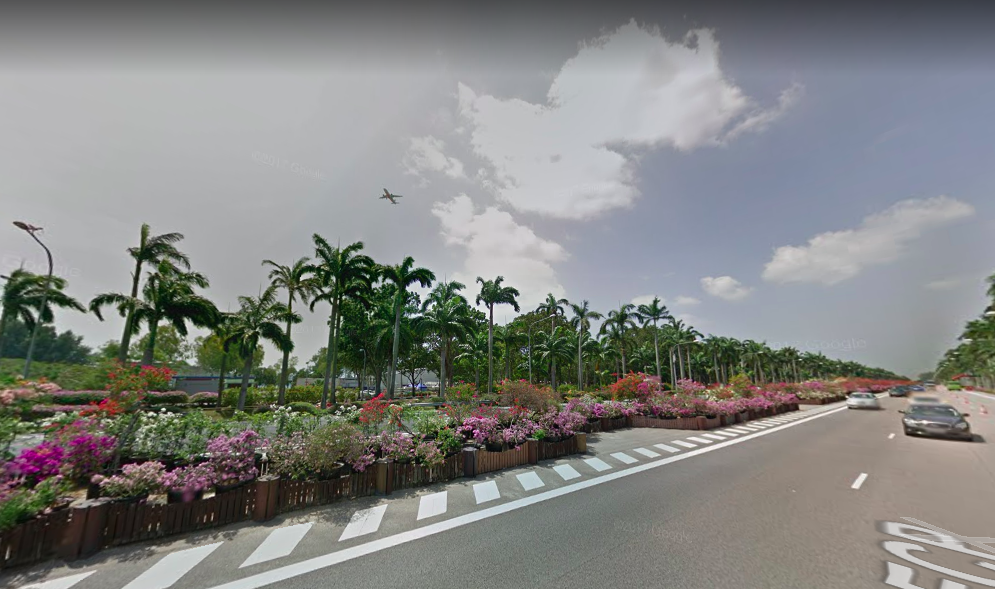 Screenshot from Google Street View
Screenshot from Google Street View
Greening policy for a Garden City
The ECP is an example of Singapore's efforts at becoming the garden city that founding Prime Minister Lee Kuan Yew envisioned for the country.
In a speech titled The Future of Singapore Depends Heavily Upon its Cleanliness in 1967, LKY said this about greening up our environment.
"Fountains, greenery, trees at circuses and other places, and we could make this a garden city within a matter of three years. I think we should do it. I will tell you the advantages to our economy if we do that. First of all, apart from making life more pleasant, you give Singapore a very good reputation, then people come, they stay. Wherever you want to go in the region, you can use this place as a base. Your hotel trade will boom and hotels create employment and you help solve your unemployment problem."
From then on, Singapore embarked on a greening journey, and the landscaping of our environment was factored into various infrastructural projects, such as the ECP.
[related_story]
ECP was built to serve Changi Airport
The ECP was opened to motorists in 1981, the same year that Changi Airport began its operations.
This was how LKY described Changi Airport and the ECP in The Singapore Story:
"Changi is a beautiful site at the easternmost corner of the island. The approach to the city from the east coast runs along a new 20 kilometre expressway built on land reclaimed from the sea, with no problems of congestion, beautiful glimpses of the sea on one side and vistas of HDB estates and private condominiums on the other. The airport and the pleasant 20-minute drive into the city made an excellent introduction to Singapore, the best $1.5 billion (spent on building Changi Airport) investment we ever made."
And the ECP's route does showcase Singapore pretty well, especially when it reaches Benjamin Sheares Bridge.
The Benjamin Sheares Bridge, which is a 1.8-kilometre-long stretch of highway forming part of the ECP, linking the Keppel Road/Shenton Way junction to Marina Centre, was downgraded from an expressway to an arterial road with the opening of the Marina Coastal Expressway (MCE) in Dec 2013.
Here's how the view of that portion of the ECP looked like the 1980s.
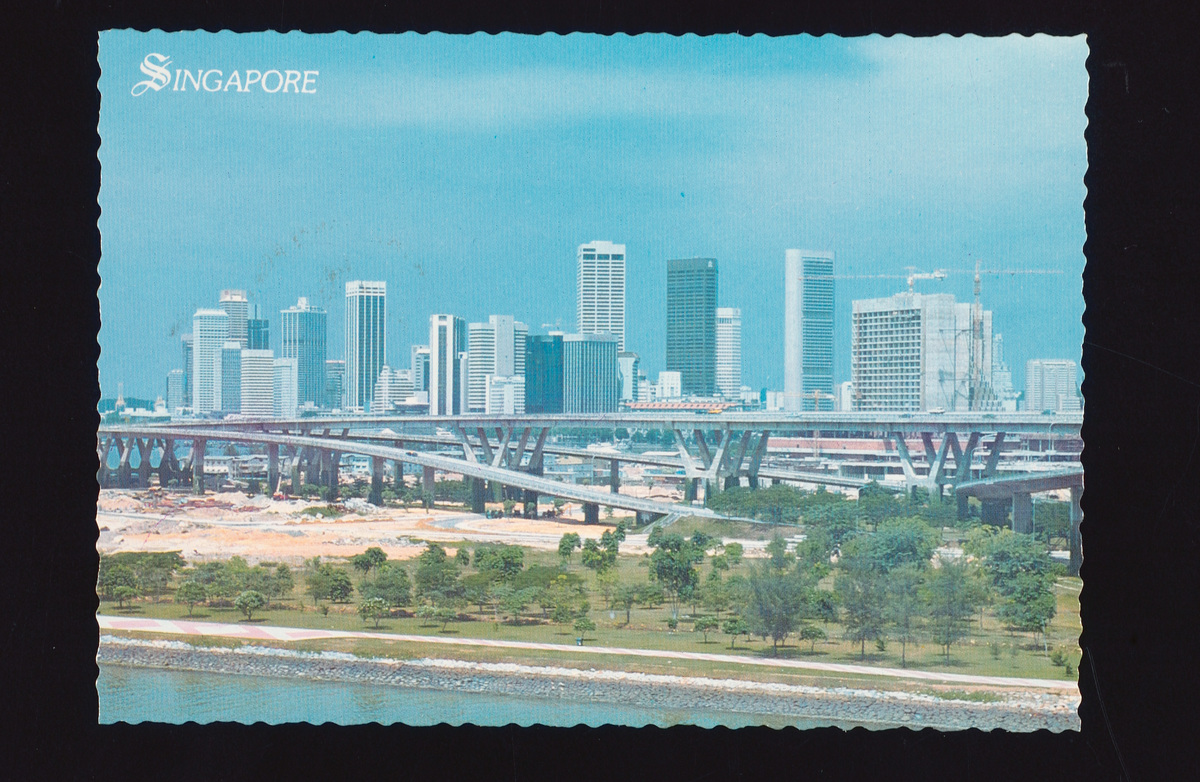 Image via Roots.sg
Image via Roots.sg
This is how that portion looks like today.
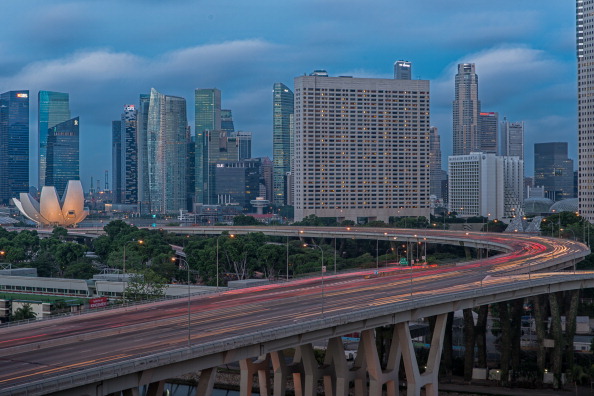 Source: Getty Images
Source: Getty Images
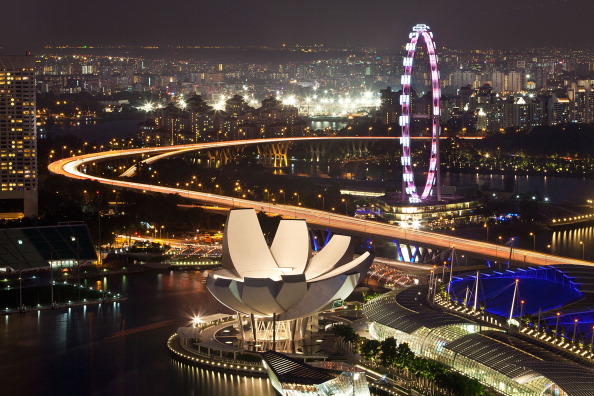 Source: Getty Images
Source: Getty Images
Certainly, the route that the ECP takes does give foreign visitors a good impression of our country after landing at Changi Airport.
Lesser known reason that the ECP is the way it is
Apart from allowing Singaporeans and tourists to have a smooth and scenic ride from the airport to town, however, there are other smaller and lesser known reasons for why the ECP is the way it is.
Ever since it became independent in 1965 Singapore has always sought out multinational corporations (MNCs) to set up operations here, which create jobs for Singaporeans.
And back in the early 1980s this was no exception.
Singapore was gaining an international reputation for being a good place for MNCs, especially those from the US, to set up shop here and various CEOs flew in to meet our leaders, including LKY himself.
There was a need to go beyond just those meetings to impress these visitors, and demonstrate that Singapore was a reliable place for them to invest in.
Here's what LKY said of this in his memoirs:
"Visiting CEOs used to call on me before making investment decisions. I thought the best way to convince them was to ensure that the roads from the airport to their hotel and to my office were neat and spruce, lined with shrubs and trees. When they drove into the Istana domain, they would see right in the heart of the city a green oasis, 90 acres of immaculate rolling lawns and woodland, and nestling between them a nine-hole golf course. Without a word being said, they would know that Singaporeans were competent, disciplined and reliable, a people who would learn the skills they required soon enough. American manufacturing investments soon overtook those of the British, Dutch and Japanese."
So in a nutshell, behind the beautiful approach to Changi Airport were environmental, infrastructural, transportation, and economic development related considerations.
Top image adapted from Google Street View.
If you like what you read, follow us on Facebook, Instagram, Twitter and Telegram to get the latest updates.
